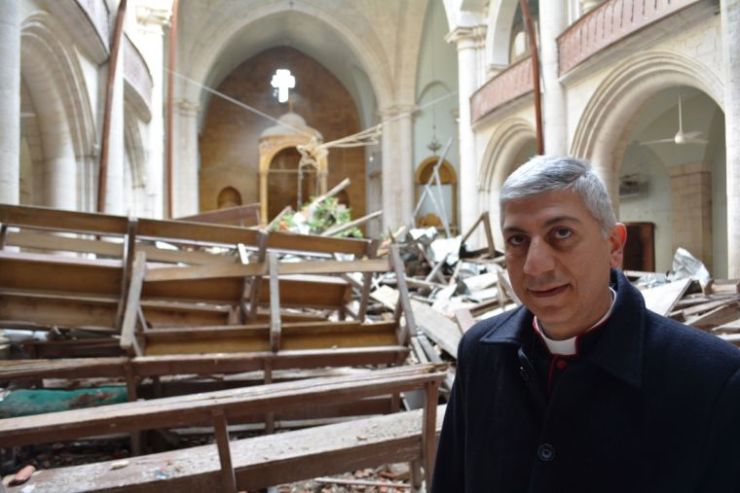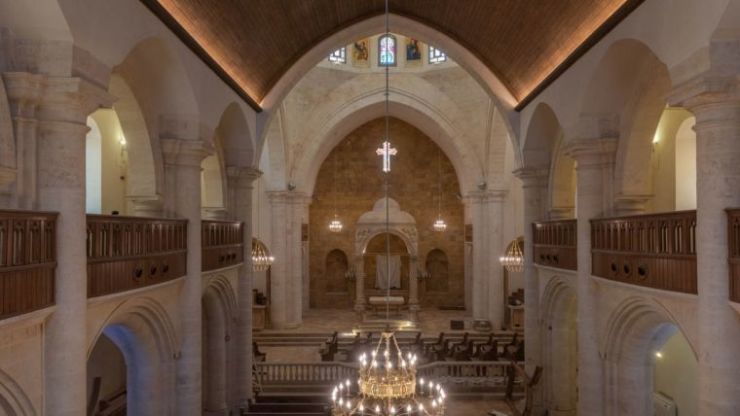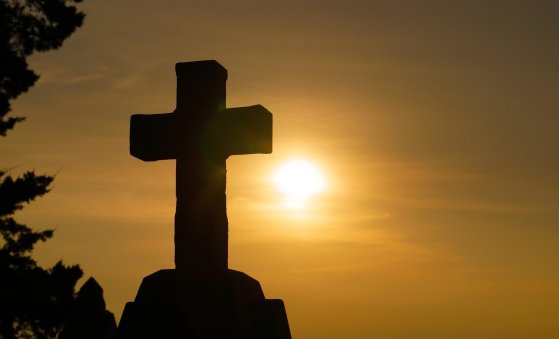A cathedral that was nearly destroyed in the Syrian civil war has been restored to its former glory.

The Maronite Cathedral of St Elijah almost did not survive the years of conflict after being bombed countless times, but its roof has been rebuilt and it is set to be re-consecrated on Monday.
The reconstruction of the church was supported financially by Aid to the Church in Need (ACN) UK.
The Maronite Archbishop of Aleppo, Joseph Tobji, said the re-construction had "symbolic and practical meaning" for the Christian community in Syria.
"In the symbolic sense, it is a message to the parishioners and Christians in Aleppo and the world that we are still in this country despite our dwindling numbers and the restoration of the cathedral is proof of this," he said.
The cathedral dates back to 1873 but the site has been a place of Christian worship for much longer than that, with the current building having replaced a smaller 15th century church.

When ACN staff visited the cathedral in early 2017, they found a huge hole in the roof spanning at least a third of the nave.
Now that it is being re-opened, ACN International Executive President Dr Thomas Heine-Geldern spoke of his hope for the cathedral as a centre for Christianity.
"We see the cathedral of St Elijah and it is a miracle. It is wonderful to see it shining with its former splendour," he said.
"I hope that it will once again become the centre for the whole Christian community just as it was before this terrible war."
Years of war have taken their toll on Christians in Aleppo, with numbers falling from 180,000 before 2012 to around only 30,000 today.
Archbishop Tobji said he hoped the cathedral's restoration would encourage Christians to believe they have a future in the city.
He said: "We Maronites have no place to bring us together other than this cathedral and the decision to restore it was self-evident, just like a family who wanted to renovate our only house that brought us together."




